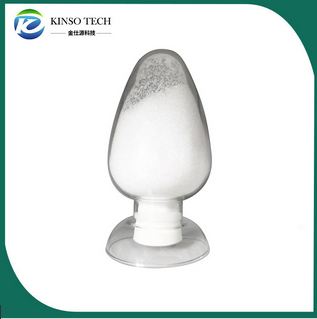
In the realm of chemical compounds, 1,3,5-Trimethoxybenzene (CAS 621-23-8) has emerged as a significant player due to its diverse range of applications and unique properties. This aromatic compound, also known by its synonyms such as 1,3,5-Trimethoxybenzene, Phloroglucinol trimethyl ether, and O,O,O-1,3,5-Trimethylresorcinol, has garnered attention in various industries for its potential to enhance product formulations and performance.
Recently, the demand for 1,3,5-Trimethoxybenzene has surged, primarily driven by its use as a key scent component in the fragrance industry. Its distinct aroma contributes to the formulation of numerous perfumes and cosmetics, adding a unique touch to various products in the market. This has led to an increase in production capacities and an expansion of supply chains to meet the growing demand.
Moreover, 1,3,5-Trimethoxybenzene has found application as a valuable synthetic intermediate in the pharmaceutical and organic synthesis sectors. Its ability to undergo further chemical modifications makes it an ideal starting material for the synthesis of complex molecules, including triaryl- and triheteroarylmethanes. This versatility has positioned 1,3,5-Trimethoxybenzene as a cornerstone in the development of new pharmaceuticals and organic compounds with potential therapeutic benefits.

In addition to its applications in fragrances and pharmaceuticals, 1,3,5-Trimethoxybenzene has also been explored in the field of materials science. Researchers have investigated its potential use in the development of advanced materials with enhanced properties, such as improved thermal stability or increased resistance to chemical degradation. These studies have opened up new avenues for the utilization of 1,3,5-Trimethoxybenzene in various industrial applications, ranging from aerospace to automotive sectors.
The surge in demand for 1,3,5-Trimethoxybenzene has prompted chemical manufacturers to invest in research and development to optimize production processes and improve product purity. Many companies now offer high-purity grades of 1,3,5-Trimethoxybenzene, ensuring that customers can rely on consistent and reliable product quality.
Furthermore, environmental concerns have led to a shift towards greener production methods for 1,3,5-Trimethoxybenzene. Manufacturers are increasingly adopting sustainable practices, such as recycling solvents and minimizing waste generation, to reduce the environmental footprint of their operations. This commitment to sustainability has not only benefitted the environment but also enhanced the reputation of companies in the industry.
1,3,5-Trimethoxybenzene (CAS 621-23-8) has established itself as a versatile compound with wide-ranging applications across multiple industries. Its unique properties and potential for further chemical modifications have made it an invaluable asset in the development of new products and technologies. As research continues to uncover new applications for this compound, its importance in the chemical industry is expected to grow even further.